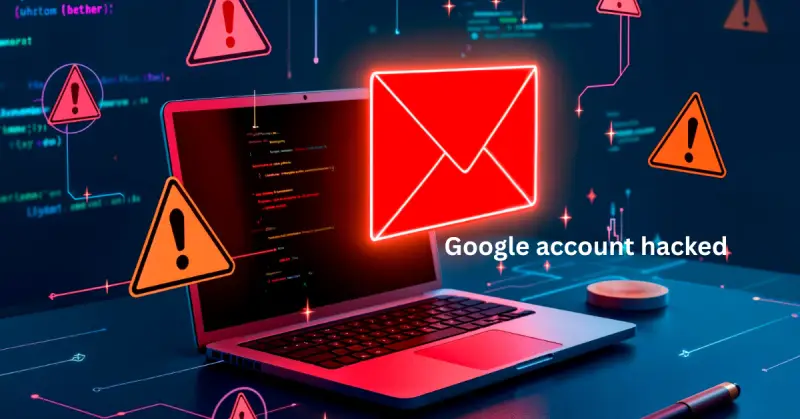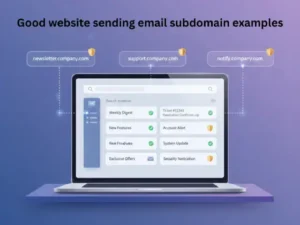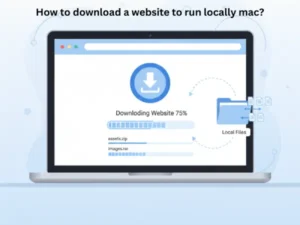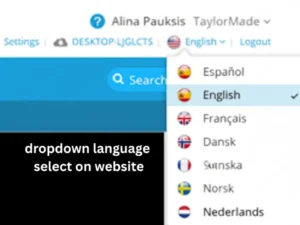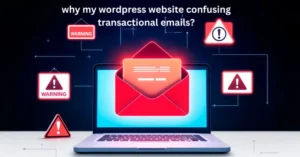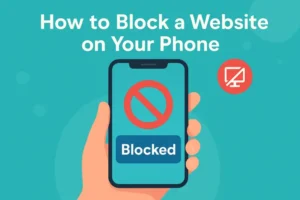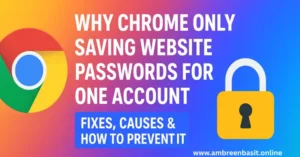Cybercrime is growing faster than ever, and even trusted platforms like Gmail are not safe. Recently, the FBI warns Gmail users of sophisticated AI-driven scams impersonating Google, where cybercriminals trick people into giving away personal data, passwords, and even money.
Phishing scams are no longer the simple fake emails we used to see years ago. In 2025, they’ve evolved into AI-powered cyberattacks that look almost identical to official communications.
According to the FBI’s Internet Crime Complaint Center (IC3), phishing incidents have surged by over 60% in the past year, with Gmail users being one of the top targets. These scams don’t just trick people into clicking a bad link they use AI to impersonate trusted platforms like Google, making it much harder for users to tell what’s real and what’s fake.
Why This FBI Warning Matters
According to the Federal Trade Commission (FTC), Americans lost more than $8.8 billion to scams in 2022, a 30% increase from 2021.
Phishing emails alone jumped by 49% in the last two years, and experts say at least 5% of them are now generated with AI tools. That means criminals are no longer writing broken-English scam emails. Instead, they’re using AI to create perfectly polished, professional messages that look like they came straight from Google.
The FBI is stepping in because these scams are becoming too real to ignore.
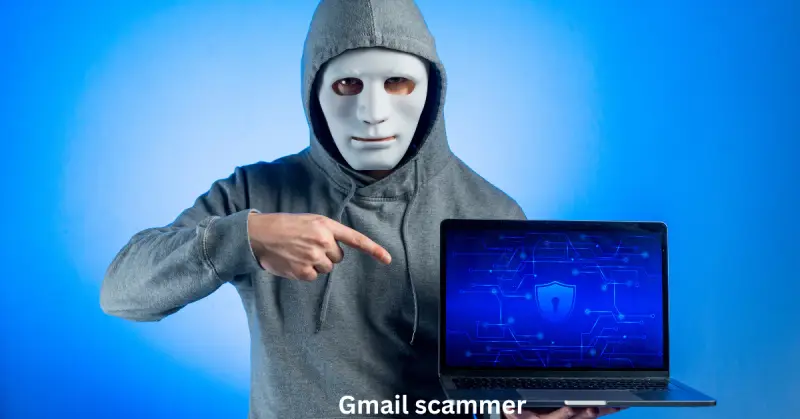
How AI-Driven Gmail Scams Actually Work
Let’s make this simple. Imagine you get an email that looks exactly like this:
“Your Google account has been locked. Please verify your identity within 24 hours or your Gmail will be permanently deleted.”
The logo looks real. The wording is professional. The link even takes you to a page that looks exactly like Google’s sign-in.
But here’s the trick: it’s fake.
Here are the main techniques scammers are using right now:
- AI-written phishing emails → Clear, grammatically correct, and tailored to look real.
- Fake Google login pages → Copycat websites designed to steal your username and password.
- Open Graph spoofing → Hackers manipulate metadata so that when you share or preview a link, it looks safe, even though it isn’t.
- Deepfake calls or voicemails → AI voice cloning to pretend they are Google support staff.
- Malware in attachments → Files labeled as “Google Docs” or “invoices” that actually install spyware.
Scary, right? But understanding these tricks is the first step to beating them.
Who Is Most at Risk?
According to the FBI, scammers often target:
- Small business owners who rely heavily on Gmail for transactions.
- Remote workers who can’t walk down the hall to check with IT.
- Elderly users who may not be as familiar with new scam tactics.
- Students who depend on Gmail for schoolwork and may click without thinking.
But let’s be honest anyone with an email account is at risk.
The Hidden Business Impact of Google Impersonation Scams
It’s not just individual users at risk many scams target small business owners who are already worried about website costs and risks. Fraudulent invoices, fake Google Ads support emails, and phishing attempts aimed at company accounts can cause significant financial damage. This makes awareness and preventive measures even more critical for entrepreneurs.
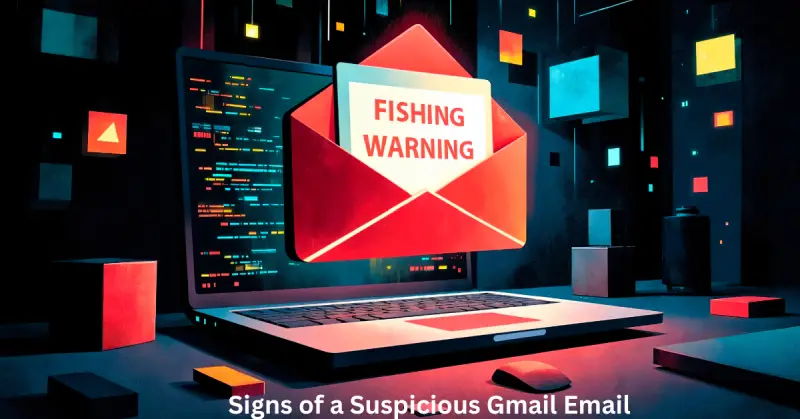
Signs of a Suspicious Gmail Email
Not sure how to spot a fake? Here are some red flags:
- The sender’s email is slightly off (e.g., “@g00gle-support.com” instead of “@google.com”).
- The message is urgent: “Act now or lose your account.”
- Links don’t match the official Google domain.
- Unexpected attachments asking you to download.
Pro tip: Always hover your mouse over a link before clicking. If it doesn’t say “google.com,” don’t touch it.
Why Gmail Users Should Care About Security
Here are practical steps you can take today:
- Enable Multi-Factor Authentication (MFA)
Even if hackers steal your password, they can’t log in without your second code. - Check URLs Carefully
Look for tiny spelling changes in domain names. - Use Google’s Security Checkup
Google has a built-in tool that lets you review login attempts, recovery methods, and app access. - Report Phishing to Google
You can click the three dots in Gmail → “Report phishing.” - Stay Updated
Keep your Gmail app and devices updated to avoid known vulnerabilities.
🔗 Google’s official guide: Report Phishing Emails
For organizations:
- Train employees with phishing simulations.
- Use email filters to block suspicious links.
- Invest in password managers to prevent credential reuse.
Cybercriminals are getting smarter every day, but the good news is that security tools are also getting easier to use. If you enjoy learning simple tech guides, like creating a desktop shortcut for your favorite website, you’ll find Google’s security features just as simple to set up. Two-factor authentication, account activity checks, and security alerts can all be enabled in just a few clicks.
Why AI Makes Scams Harder to Detect
AI has completely changed the way cybercriminals operate. In the past, phishing emails were full of spelling mistakes and poor grammar, making them easier to spot.
But now, with AI tools, these emails look professional, use correct language, and even mimic Google’s real tone of voice. Some scams even use AI chatbots to reply if you respond to the fake email.
This makes it much harder for the average Gmail user to tell what’s real and what’s fake.
Real-Life Example of a Gmail Phishing Attack
In 2024, cybersecurity experts reported a wave of phishing emails that looked exactly like Google’s “Security Alert.” The email claimed someone was trying to log in to your Gmail account and asked users to click a link to “verify their identity.”
Once clicked, the link took people to a fake website designed to steal passwords. Many fell for it because the design was nearly identical to Google’s real warning page.
This proves that even smart, tech-savvy users can be tricked.
Is Gmail Really at Risk?
Yes. Gmail is one of the biggest targets for hackers, simply because it’s the most popular email platform. From personal chats to bank account recovery, Gmail is often the “master key” to your digital life.
That’s why hackers put so much effort into impersonating Google if they get your Gmail, they might access everything else.
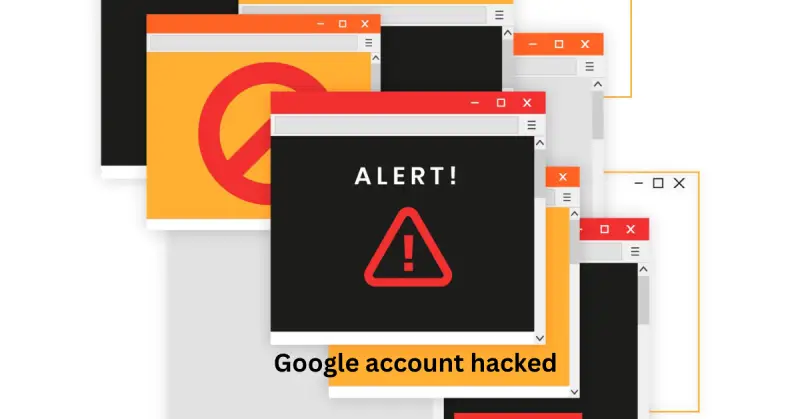
What to Do If You Already Clicked a Scam Link
Sometimes, mistakes happen, and you may realize too late that you clicked on a suspicious link. If that happens:
- Change your Gmail password immediately.
- Enable two-factor authentication (2FA).
- Run a full device scan for malware.
- Use Google Security Checkup to review account activity.
Acting fast can stop hackers from fully taking over your account.
Addressing Common Questions (People Also Ask)
Does the FBI use Gmail accounts?
No. The FBI does not use Gmail or any free email service for communication. If you get an email claiming to be from the FBI through Gmail, it’s 100% a scam.
Is the email impersonating Google?
Yes. Many of these scams pretend to come directly from Google with urgent warnings. Always verify by logging into your account manually not by clicking links.
How do I identify a Google phishing email?
Check the sender’s address, hover over links, and look for urgent, threatening language. Real Google emails will never ask for your full password.
Is Gmail at risk?
Yes, but Gmail also has one of the best spam and phishing filters in the world. The risk increases when users ignore warnings or reuse weak passwords.
Which is safer, Gmail or Apple Mail?
Both are secure, but Gmail is a bigger target because of its 1.8 billion users worldwide. That makes it more attractive to scammers.
Can hackers access your Gmail?
Yes, if you fall for phishing or reuse passwords. But using MFA and Google’s advanced protection program can make it nearly impossible.
FBI’s Official Advice
The FBI says:
- Don’t click on unsolicited links.
- Don’t trust caller IDs or emails at face value.
- Independently verify requests for sensitive info.
You can read their official updates on the FBI’s Internet Crime Complaint Center (IC3).
Conclusion: Stay One Step Ahead
FBI Warns Gmail Users of Sophisticated AI-Driven Scams Impersonating Google.
As AI technology continues to advance, cybercriminals will likely find even more sophisticated ways to exploit it for scams. This means today’s Gmail phishing attempts may look very different tomorrow.
The best defense is staying informed, practicing safe email habits, and keeping your security tools up to date. By staying one step ahead, users can protect themselves and ensure they don’t fall victim to evolving digital threats.
👉 Remember: when in doubt, don’t click. Always verify. Your Gmail account is the key to your digital life guard it like a treasure.
